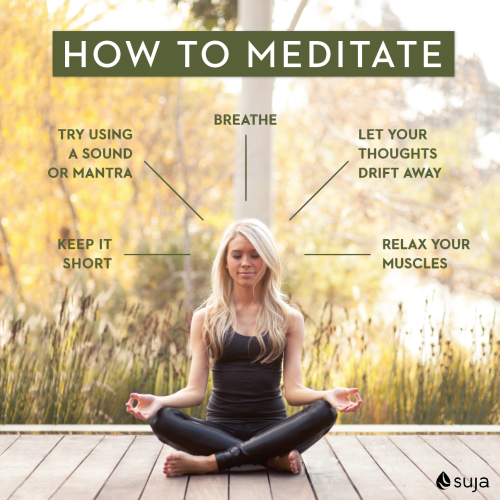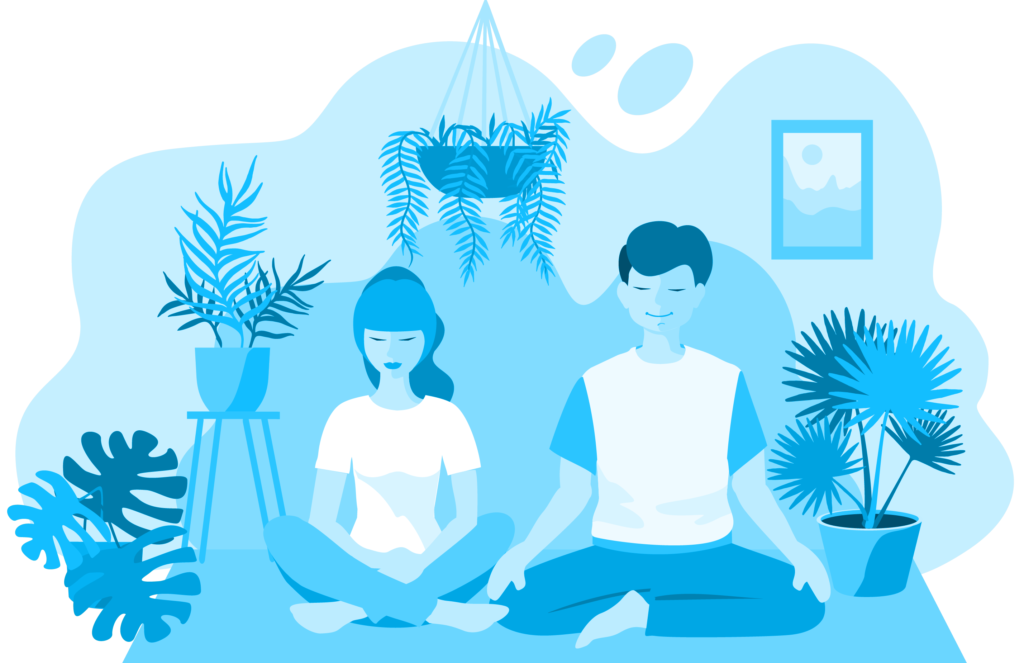A Step-by-Step Approach on How to Meditate? for Stress and anxiety Relief
A Step-by-Step Approach on How to Meditate? for Stress and anxiety Relief
Blog Article
Just How to Meditate: A Detailed Method to Getting Mindfulness and Tranquility
Reflection works as an effective device for achieving mindfulness and emotional calm in a hectic world. By comprehending the fundamental principles and strategies associated with reflection, people can grow a practice that improves their total health. This conversation will certainly lay out essential steps, from developing a favorable environment to integrating reflection right into everyday regimens. As we discover these parts, it becomes clear that the trip to mindfulness is not merely about the act of being in silence, however rather concerning cultivating a much deeper connection with oneself and the world around us. What might this makeover require?
Comprehending Meditation
Comprehending meditation involves realizing its basic principles and strategies, which work as the structure for the technique. At its core, meditation is a mental workout targeted at promoting relaxation, constructing interior power, and developing concern and insight. The practice motivates individuals to concentrate their interest, typically with methods such as deep breathing, visualization, or rule rep.
Meditation can be classified into different designs, consisting of mindfulness, transcendental, and loving-kindness reflection, each with distinctive functions and methodologies. Mindfulness reflection stresses present-moment recognition and non-judgmental observation of sensations and ideas, while transcendental reflection includes making use of specific mantras to transcend normal thought processes. Loving-kindness meditation concentrates on developing a perspective of love and concern towards oneself and others.
Despite the strategy utilized, the key objective remains constant: to cultivate a deeper understanding of the mind and its patterns. This self-awareness promotes psychological durability, clearness of idea, and a profound sense of tranquility (How to meditate?). By understanding these principles and methods, individuals lay the groundwork for an effective reflection method that can substantially improve their general health
Planning For Your Method
Prior to starting your reflection practice, it is essential to develop an environment favorable to focus and relaxation. Guarantee that the location is free and tidy of clutter, as a neat atmosphere can assist get rid of the mind.
Consider the lighting, as all-natural light can enhance your mood and energy. Soft, warm lighting is frequently more soothing than rough fluorescent lights. Additionally, pick a comfy temperature level, making sure that you are neither as well hot neither as well cool.
Incorporating components that advertise serenity can further boost your experience. This could include soft cushions or coverings for convenience, along with soothing aromas from vital oils or incense. It can also be valuable to have actually a timer set for your reflection session to stop interruptions from clock-watching.
Basic Meditation Methods

Another reliable method is body check reflection. This entails psychologically checking your body from head to toe, discovering any areas of stress or discomfort and consciously unwinding those muscles. This technique promotes a much deeper connection in between your body and mind.

Last but not least, loving-kindness meditation concentrates on growing compassion towards on your own and others. Calmly repeat expressions of a good reputation, enhancing emotional wellness and interconnectedness. Each of these strategies acts as a foundation for your meditation trip, permitting you to locate the technique that resonates best with your individual technique.
Preserving Emphasis and Mindfulness
:max_bytes(150000):strip_icc()/GettyImages-938890492-becc3fc4757849bea672f148454943f9.jpg)
Developing a devoted meditation room can boost the capability to maintain mindfulness. A peaceful, minimalist environment minimizes diversions, permitting deeper immersion in the technique. In addition, setting a time restriction can help manage assumptions; beginning with shorter sessions may ease the transition right into longer methods.
Utilizing techniques such as body scanning or observing sensations can also strengthen mindfulness. These approaches motivate experts to stay present and engaged with their physicality, anchoring their attention in the moment. Regular method is important; the brain builds strength over time, producing a stronger ability for focus.
Incorporating Meditation Into Every Day Life
Integrating meditation right into every day life can change routine tasks right into possibilities for mindfulness and self-reflection. By integrating mindfulness practices into typical tasks, people can grow a higher feeling of existence and tranquility in the middle of the busyness of daily life.
Begin by determining moments throughout your day where you can exercise and stop briefly mindfulness. Also ordinary activities like cleaning dishes or walking can become possibilities for reflection by directing your interest to the experiences of motion and the audios bordering you.
Furthermore, reserving dedicated times for meditation can strengthen its technique. Start with brief sessions, gradually boosting duration as you become much more comfy. Use reminders or signs-- like a certain time of day or a relaxing noise-- to develop uniformity.
Inevitably, the goal is to weave mindfulness right into the fabric of every day life, enabling you to come close to each moment with intention, thereby enhancing your total sense of wellness and quality.
Conclusion
In verdict, efficient reflection needs a quiet setting, a comfy placement, and a concentrate on the breath. By allowing thoughts to arise without judgment and continually redirecting focus to the breath, specialists can attain boosted mindfulness and serenity. Integrating various strategies, such as body scanning and loving-kindness phrases, can even more enrich the practice. address Normal reflection, also in short sessions, promotes a much deeper link to the here and now minute, eventually causing better calm and mental clearness in life.
Reflection can be classified into different designs, consisting of mindfulness, transcendental, and loving-kindness reflection, each with distinctive purposes and techniques. Mindfulness meditation stresses present-moment awareness and non-judgmental observation of feelings and thoughts, while transcendental reflection involves the usage of details concepts to go beyond common thought processes.With your meditation space prepared, it's time to explore different fundamental reflection techniques check my blog that can aid grow mindfulness and internal peace.Constantly preserving focus and mindfulness during reflection can be tough, specifically for those new to the technique.Developing a specialized reflection area can boost the capacity to keep mindfulness.
Report this page